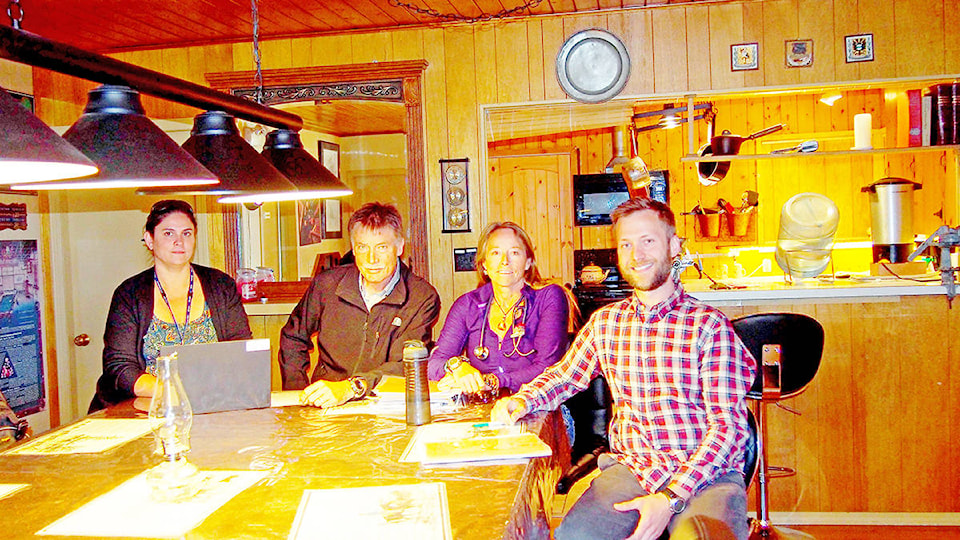A locally-driven committee formed in April a year ago continues to focus on improving communication and the delivery of emergency and non-emergency services along the Highway 20 corridor.
Comprised of health care providers and administrative staff from Interior Health Authority, First Nations Health Authority and Vancouver Coast Health, the Highway 20 Medical Emergency Response Plan (MERP) committee has spent its first year assessing the current provision of basic life-saving skills and equipment in health stations between Williams Lake and Anahim Lake.
“A framework has been developed to standardize basic life support capability at all health care facilities along the corridor regardless of their designated function, bearing in mind that ambulance response time can be three to four hours, or longer, depending on the site, weather and availability of helicopter and road ambulance,” said Patrice Gordon, a family nurse practitioner working in communities in the Chilcotin, on behalf of the committee and one of the original founding members.
“The MERP committee feels strongly that all health care providers should have the basic life-saving skills and equipment to provide these emergency services,” Gordon said.
During the next year, the committee will tackle issues of standard equipment and training at facilities that are designated “acute care” and ensuring they are capable of providing a higher level of care.
“The geographical breadth and remoteness of the area, combined with sparse population and multiple health authority jurisdictions has impeded the growth of a viable plan,” Gordon said.
In fact, she added, the terms of reference for the committee state solutions shall be locally-derived to ensure they are workable in the unique environment of the region.
The committee meets monthly by teleconference and two times a year face-to-face in the West Chilcotin.
Gordon said the MERP committee is also examining ways to collect information that will allow tracking of volume and type of emergencies that are responded to, in order to help guide future direction in training and equipment needs.
“Historically, each small clinic or nursing station has operated in relative isolation, and it is the goal of the MERP committee to try to create a cohesive plan to assist in supporting and monitoring the management of emergency cases, improving the provision of medical services to all people living along the Highway 20 corridor.”
The original forming committee was comprised of Gordon, Dr. Rob Coetzee, retired physician Dr. Michal Smialowski, registered nurse Ruth Kuehl-Venn, Tsilhqot’in National Government health hub co-ordinator Connie Jasper, Hospital Community Integrated Services (HCIS) executive director interim Berni Easson and HCIS administrator TC rural interim Trisha Shetler. Since the committee formed, new members have joined including nurse practitioner Tristan Praff, registered nurses Sara Goddard, Deb Jansen and Corinne Bayliff, IH emergency preparedness co-ordinator Colin Swan, administrative assistant LeeAnne Wright and Ulkatcho health director Anita Madsen.
“This is a vital component in promoting interaction with the personnel responsible for providing local health service delivery in relative isolation,” Gordon said of the committee.
